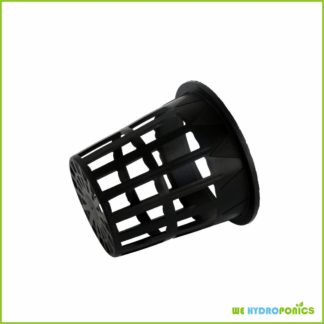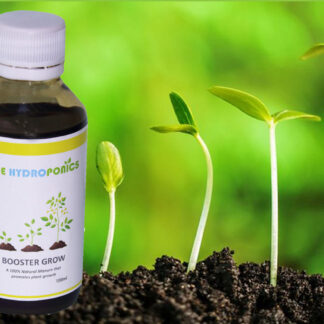In recent years, a comparatively new technique of farming has gained a lot of popularity that is more clean, reliable, and sustainable. Due to the irrational use of harmful pesticides and fertilizers, consumers are switching towards healthier alternatives like Hydroponics. Amid this, Hydroponics has emerged as the most promising technology to grow 100% pure, pesticide-free, and nutrient-rich food. But WE believe that consumers should always know how their food actually grows? Hydroponics is as simple as its name, nothing is hidden. In easy language, Hydroponics is a soilless cultivation technique where the soil is eliminated and certain other media are used that have better water retention capacity, are less prone to diseases, and provide good aeration to the plants. If you are willing to step into the world of hydroponics, you’ll first need to learn the fundamental concepts of growing plants hydroponically. Let’s find out more about what Hydroponics is and how it works!
What is Hydroponics?
If we break the word Hydroponics then “Hydro” means water, and “ponos” means labor; in Hydroponics, plants grow in water without using soil. Thereby removing all the hassles associated with soil-based farming.
But How can WE eliminate soil!!!!!
Scientifically speaking, plants grow through a process called photosynthesis, in which they prepare their own food by using light and chlorophyll (a green pigment present in leaves) to convert carbon dioxide and water into glucose and oxygen. Glucose is eaten up by plants and oxygen is released out into the atmosphere for the survival of living beings on the earth.
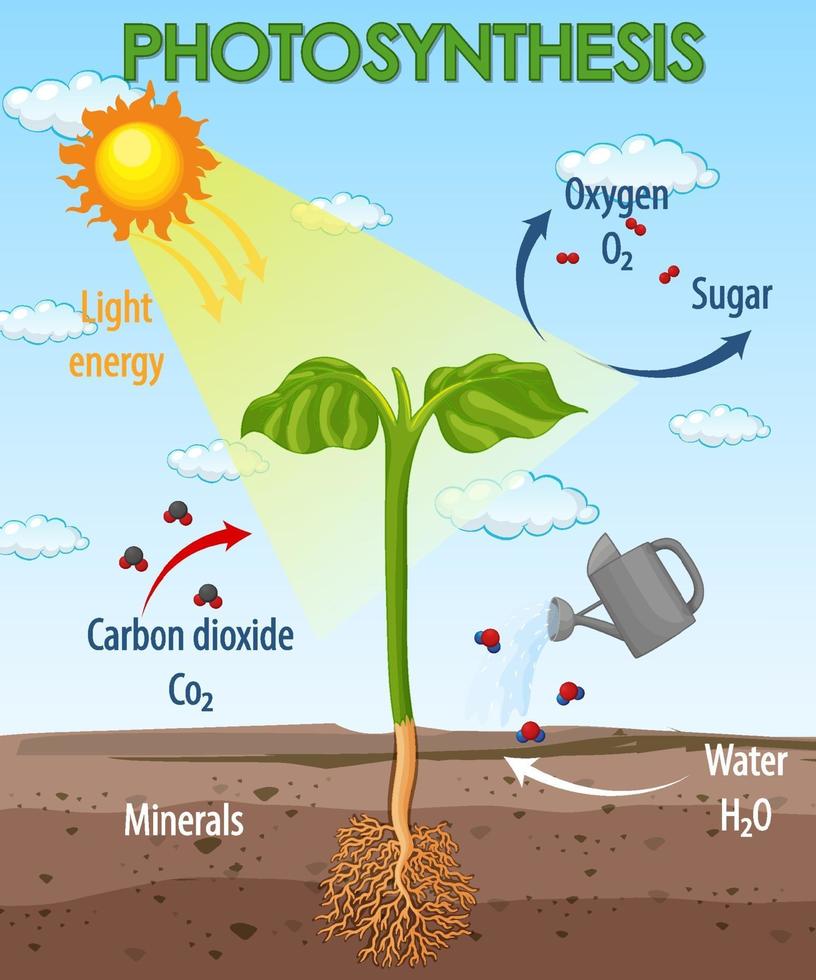
Have you ever noticed that there’s no mention of “soil” anywhere and that’s all the proof you need that plants can grow without it! They grow primarily because of three main components: essential nutrients, water, and sunlight. Soil plays a vital role in providing nutrients, water, and support to the plant. Apparently, if they can get these things from somewhere else, then also the growth will remain the same. A hydroponics system eliminates the need for soil by providing a nutrient-rich solution directly to the roots that feed and hydrate the plants, while sunlight is replaced with artificial lights. It’s a matter of fact that plants do not take up whole sunlight but actually, they absorb a particular spectrum of light. Therefore, specially designed “Grow Lights” act as the source of sunlight for the plants. Now the only thing left is the “physical support” and it is provided by different growing mediums like coconut coir, rock wool, LECA, vermiculite, grow cubes or perlite that have better water retention, aeration capacity, and porosity. Plants have light, water, and 17 essential nutrients just at the tip of their roots for overall development.
Most people think that Hydroponics is artificial as everything is provided manually, but it is not. It creates a replica of the natural environment and ensures sustainable food production. Simply, all the requirements are given directly by keeping them naturally intact. Although you can grow plants in several mediums apart from water, thus Hydroponics can be better defined as “growing plants without using soil”.
It must be really tough to start hydroponics at home???
Absolutely not. While hydroponic gardening might sound like rocket science, once you understand the fundamentals behind it then the journey is quite smooth. With the right system and proper guidance, you can start experimenting with Hydroponics and gradually learn more about it. Even one can construct a hydroponic system on their own as all the parts are easily available at any authentic hydroponic vendor. It gets easily accommodated in any space. You may start with herbs, lettuce and greens, tomatoes, peppers, and strawberries. Just avoid plants that grow tall like corn, have deep taproots like potatoes, or grow in a vining nature.
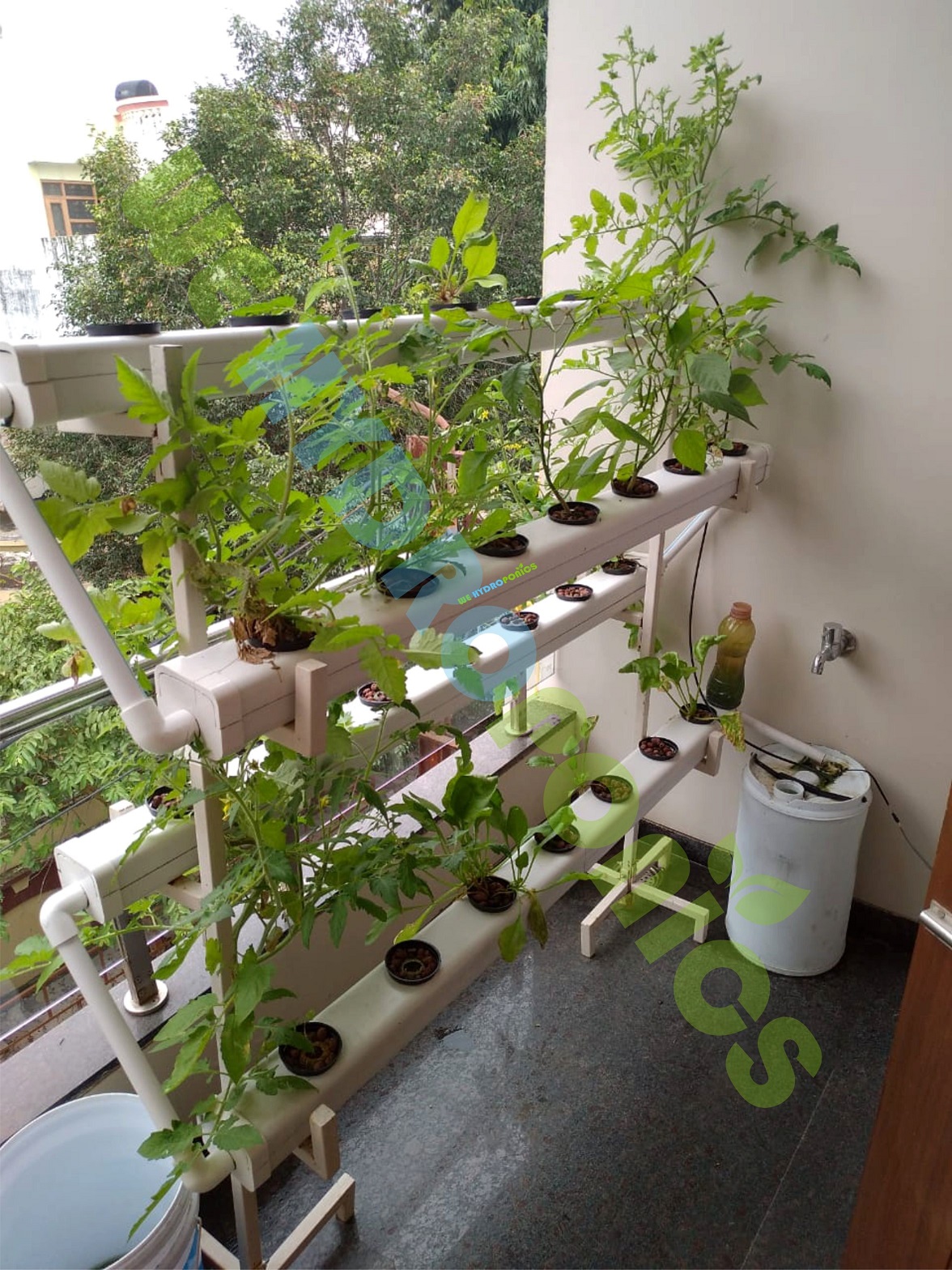
What can Hydroponics do?
From home to commercial, it has immense potential of meeting the demand of consumers with its fresh, nutrient-rich, and pesticide-free veggies. Traditional Farms cannot move near the marketplace but hydroponic farms could. It has the power to disrupt the entire farming system and supply chain with its innovativeness. It can turn the basement or rooftop of a township into a community farm, a cafe/hotel into a live-farming kitchen, and a building into a commercial farm. It has given urban citizens the new concept of vertical farming, so not only rural areas but urban areas can also feel the freshness of the countryside with hydroponics.
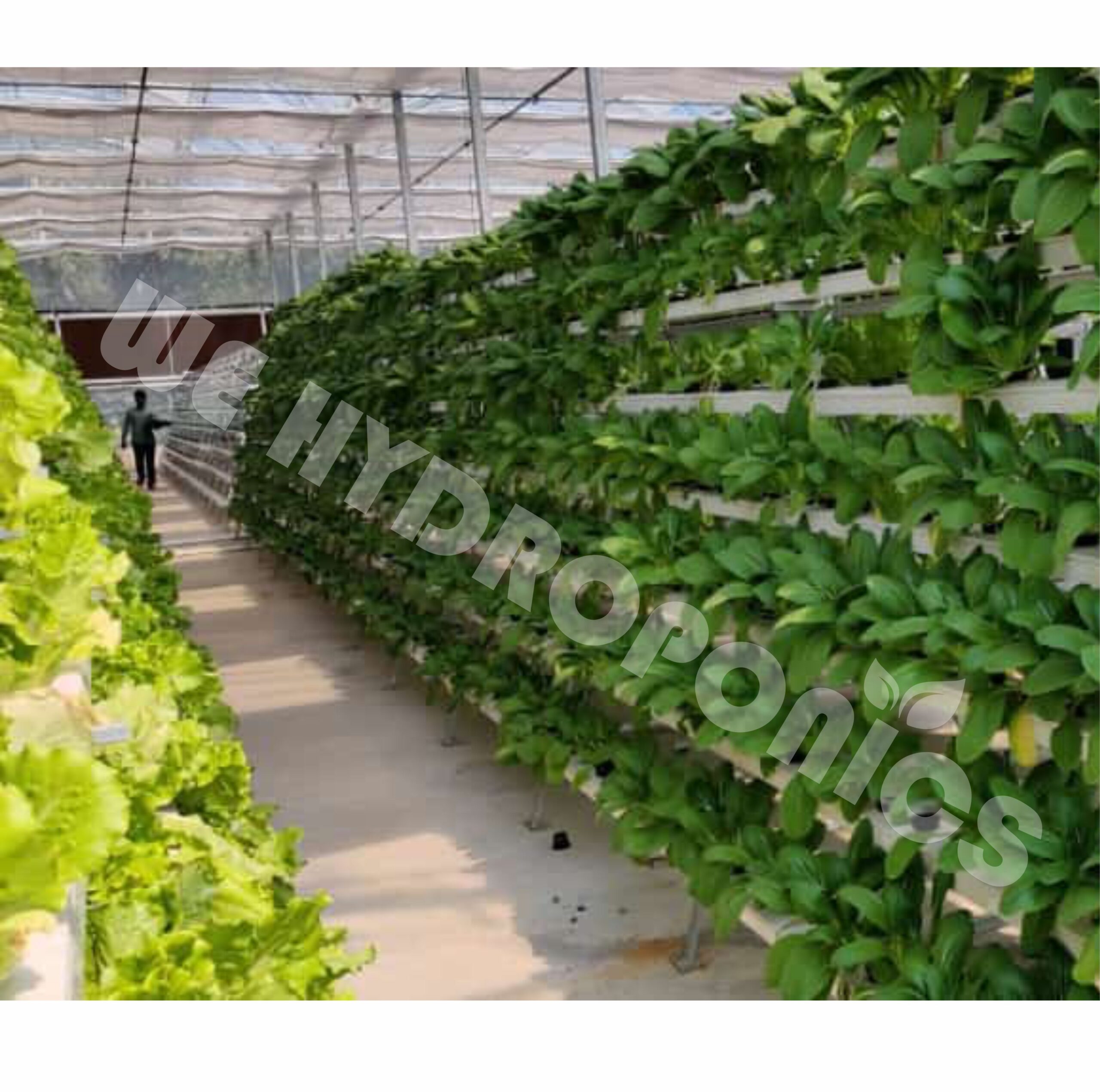
6 reasons that make Hydroponics extraordinary!
1. An year-round harvest!
With a hydroponics system, plants can be grown hydroponically year-round because the grower controls the temperature, light, and nutrient supply. So eat your favorite vegetables anytime, anywhere.
2. Improved growth and yield!
Hydroponics systems typically result in faster-growing, higher-yielding plants due to the high oxygen levels found in the nutrient solution and the carefully controlled environmental factors. Higher oxygen level stimulates root growth and enhances nutrient uptake. These optimal growing conditions reduce stress on plants and give a more bountiful harvest.
3. Higher plant density!
Plants grown in soil are sown at long distances so that they have equal access to the soil’s somewhat limited supply of water and nutrients. Because hydroponics systems deliver a more nutrient-charged solution directly to the root zone, plants can be grown closer together without competing for root space.
4. Plants can grow anywhere!
Unlike traditional gardens that require outdoor space for plants, hydroponics systems are easily incorporated into many homes, regardless of their size or location.
5. Less water consumption!
Even though hydroponic systems depend primarily on the water to grow plants, they use between 80 to 90% less water than conventional farming. The water immediately reaches the roots, with little loss to evaporation. The nutrient solution is also recirculated multiple times before being discarded which further improves water efficiency.
6. No need for Pesticides!
Soil is home to many pests and insects that damage the crops badly. Moreover, hydroponics gives indoor farming facility, therefore pests are unable to break the system and it means no use of pesticides.

In hydroponics, instead of putting so much hard work in pulling nutrients needed for growth from the ground, plants receive all of them through a nutrient solution supplied to their roots and thus the plant focuses more on growing upwards and their energy is saved for fruiting. It produces farm-fresh, flavorful, nutrient-rich, and aromatic veggies at the convenience of our home. The scalability of Hydroponics is ultimate—from growing a small collection of herbs in a kitchen all the way up to numerous plants in a large-scale commercial operation, the sky’s the limit for you. Explore the world of Hydroponics with us!


